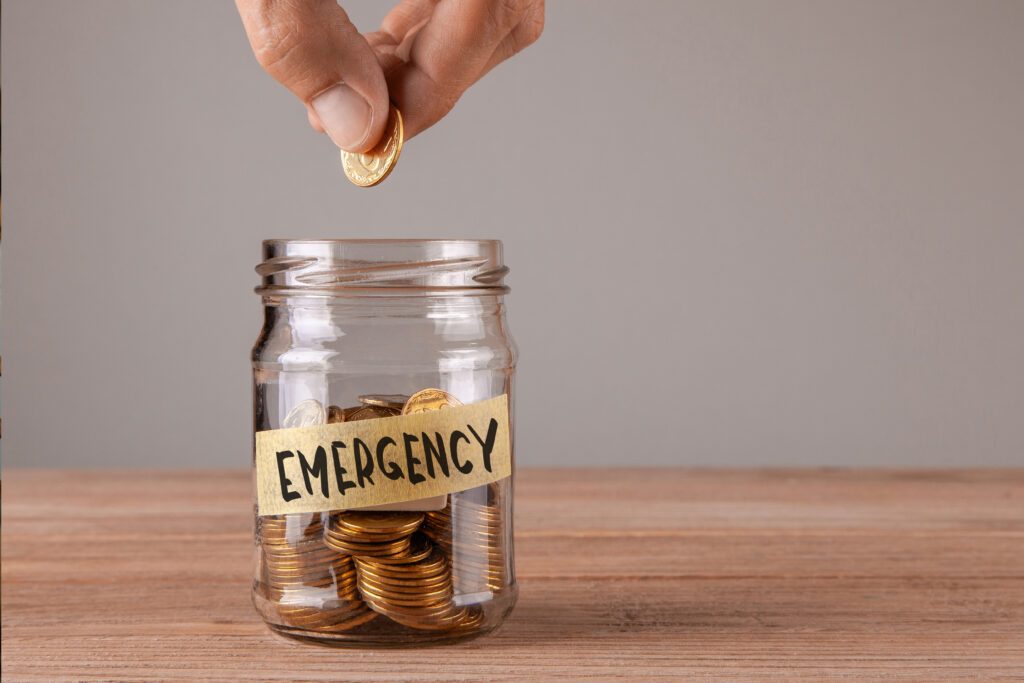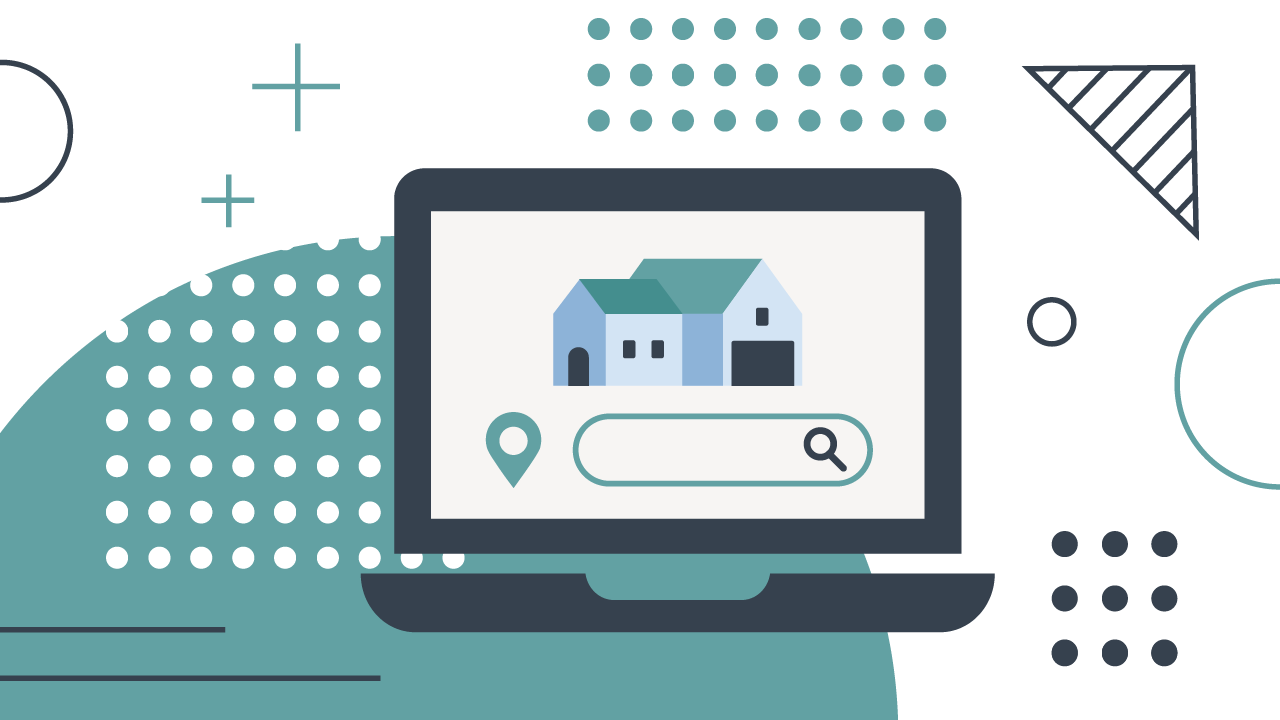Creating Your Financial Fallback Position


I’ve spent most of my life wearing the uniform on Active duty, in the National Guard and the Army Reserve. Of the many things I’ve learned is you always have a back up plan. Tactically, we call it a fallback position. Strategically, we call it a contingency plan. Whatever you call it, it is designed to give you options.
When it comes to personal budgeting and financial planning, your emergency fund is an essential part of your plan, your fallback position. It gives you options, but it requires early planning.
Financial readiness is important for all of us. In my experience, for military personnel, veterans, and their families, it can be vital. Life’s uncertainties—whether they stem from deployments, relocations, transitioning out of the military, changing careers or unexpected expenses—underscore the importance of having an emergency fund.
An emergency fund is a financial safety net designed to cover unplanned expenses without resorting to debt. For military families, these expenses can range from urgent home repairs to unexpected medical bills or relocation costs during PCS (Permanent Change of Station). According to the Military Family Advisory Network, nearly half of veteran families have less than $500 in emergency savings or no fund at all—a sobering statistic that highlights the vulnerability many face during financial uncertainties.
Without an emergency fund, families risk falling into debt or compromising their long-term financial goals. This is particularly critical for service members who can experience disruptions in their pay and entitlements and are often asked to travel or relocate unexpectedly.
I have heard it said that you should have enough to cover two to six months of essential living expenses. For military families with a stable budget and good credit, two months may suffice; however, those with more complex financial situations should aim for six months. Starting small, with a goal of just $500 – $1000, can provide significant peace of mind knowing you are more prepared for financial uncertainties.
Building an emergency fund may seem daunting, especially for those living paycheck-to-paycheck. Here are practical steps:
An emergency fund, your fallback plan, provides you options enabling you to navigate life’s challenges with resilience and confidence. For military families and veterans, this preparedness is a tactic you can employ today to increase your readiness.
The Department of Defense Financial Readiness: https://finred.usalearning.gov
Veteran Saves, a campaign of the Consumer Federation of America: https://veteransaves.org
The content provided is intended for informational purposes only. Estimates or statements contained within may be based on prior results or from third parties. The views expressed in these materials are those of the author and may not reflect the view of National Debt Relief. We make no guarantees that the information contained on this site will be accurate or applicable and results may vary depending on individual situations. Contact a financial and/or tax professional regarding your specific financial and tax situation. Please visit our terms of service for full terms governing the use this site.

Unexpected expenses can happen without warning—a flat tire, a medical bill, or a sudden pet emergency. Having an emergency fund...

Back Who We Are Our Purpose We ignite human potential to build understanding and create new possibilities for a better...

Property tax appeals platform Pricing is based on an annual subscription Receive a AI-powered property assessment within seconds AI-powered platform...